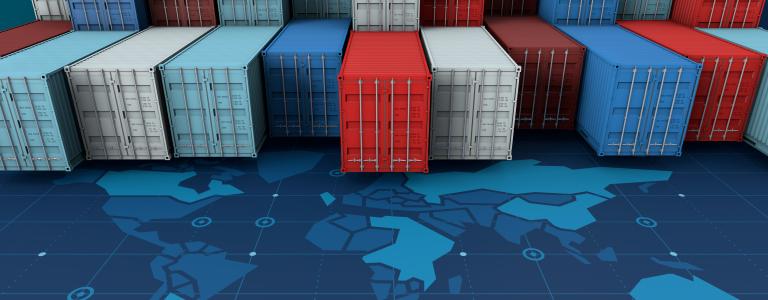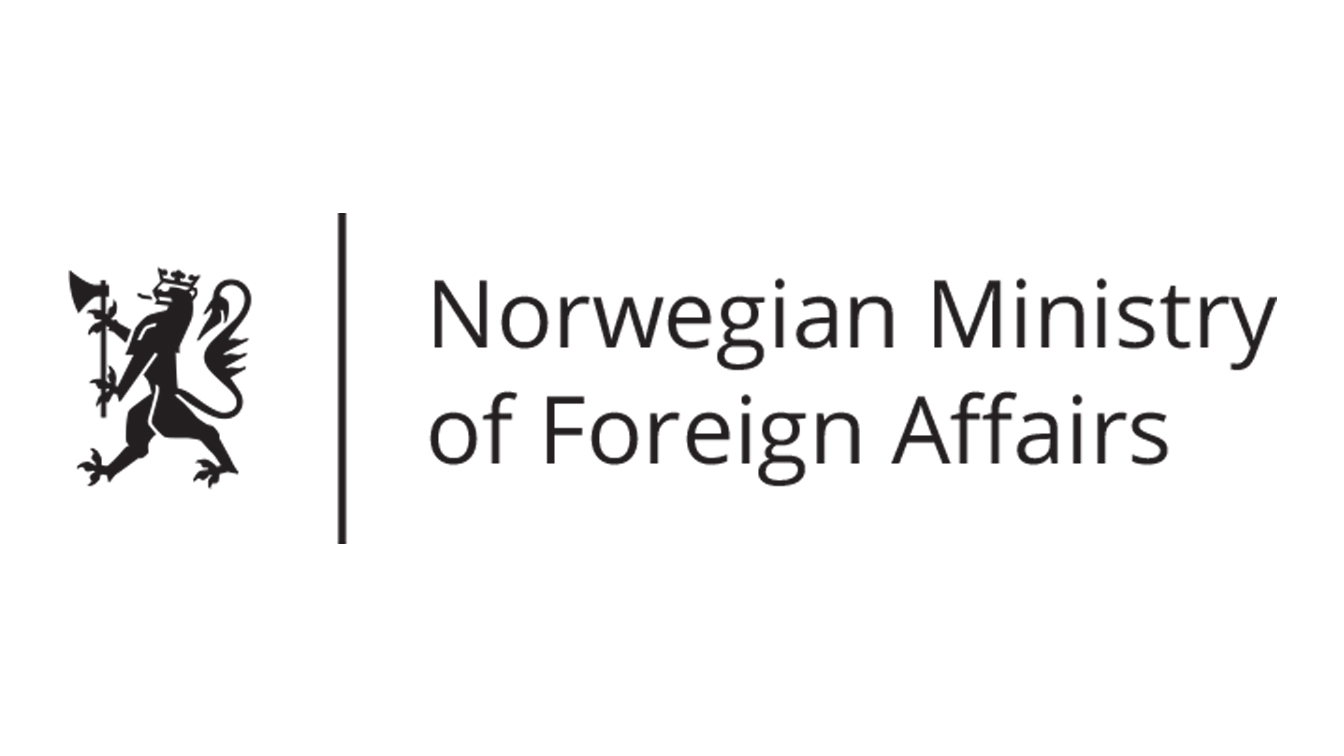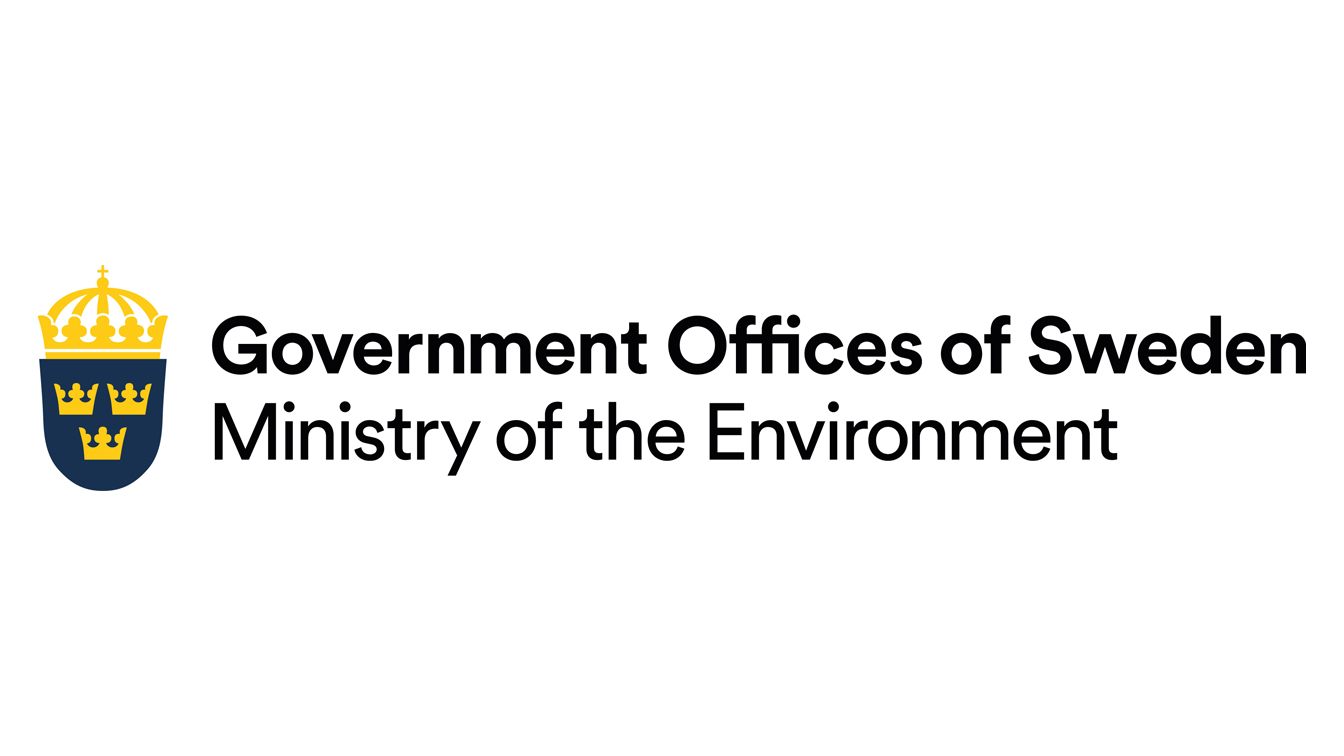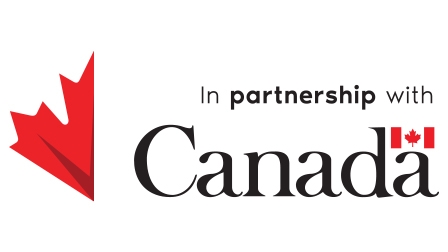Trade and the Environment: The Search for Sustainable Solutions
Still Only One Earth: Lessons from 50 years of UN sustainable development policy
While interactions between trade and the environment are complex, pursuing policy coherence is key to reversing degradation while leaving no one behind. A core dilemma is ensuring stricter environmental rules do not create competitive disadvantages, or negatively affect the least developed countries. Recent country-led initiatives on trade and environmental sustainability, trade and plastics pollution, and fossil fuel subsidies, plus the ongoing talks on fisheries subsidies, offer hope for breaking the years-long deadlock on trade and the environment. (Download PDF) (See all policy briefs) (Subscribe to ENB)
Roughly every minute, USD 11 million in subsidies flow into coal, oil, and natural gas, according to the International Monetary Fund (IMF). In fact, in 2020 alone, fossil fuel subsidies were worth USD 5.9 trillion or about 6.8% of global gross domestic product (GDP). This is expected to rise to 7.4% of GDP by 2025 in stark contrast to scientific calls for a carbon neutral economy by 2050 (Parry, Black & Vernon, 2021).
Growing fossil fuel subsidies are only one example of a worrisome trend. Instead of investing in a green and forward-looking recovery with COVID-19 economic stimulus packages, decision makers are continuing to funnel public money toward unsustainable patterns of development. Without clear pathways toward decarbonized economies and innovative ways to measure economic success to capture these unsustainable patterns, existential risks to future generations increase.
In the context of a planetary emergency characterized by multiple crises—climate, biodiversity, pollution, and social inequalities—the relationship between trade and environment merits further examination. While the interactions between trade and environment are complex, pursuing policy coherence is imperative to respond to this emergency while leaving no one behind.
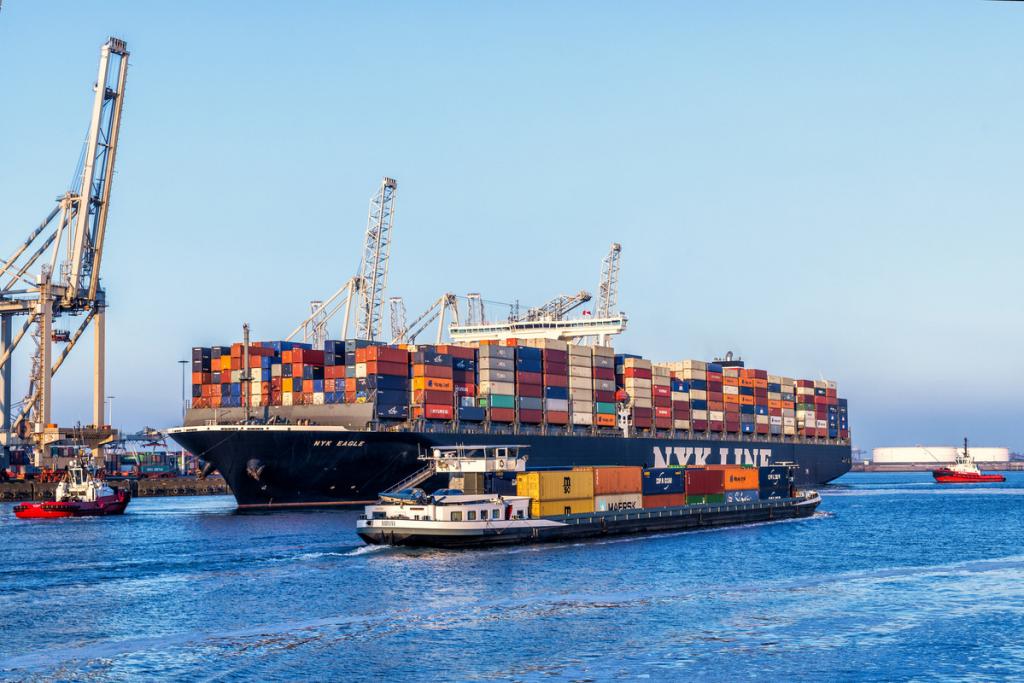
The Ambivalent Relationship between Trade and Environment
In preparation for the 1972 United Nations Conference on the Human Environment, the Secretariat of the General Agreement on Tariffs and Trade (GATT), the multilateral treaty charged with promoting free trade, was asked to contribute an assessment of concerns around economic growth and growing pollution. Beginning in the 1960s, social movements helped raise awareness about human-caused pollution and demanded stronger environmental protection. While governments responded with science-based legislation designed to protect the environment, trade rules had yet to be re-examined.
In 1971, GATT Director-General Olivier Long presented the GATT assessment, “Industrial Pollution Control and International Trade.” The study reflected the concern of trade officials with environmental policies, which were perceived as potential obstacles to free trade and could constitute “green protectionism.” In response, the GATT created the Group on Environmental Measures and International Trade (known as the “EMIT” group) in November 1971. Curiously, this group could only convene at the request of GATT members, which did not happen for 20 years. Finally, in 1991, the European Free Trade Association members broke the silence and asked for a meeting because another large environmental meeting was on the radar: the 1992 United Nations Conference on Environment and Development (Earth Summit) in Rio de Janeiro, Brazil (WTO, n.d.).
Heading into the Earth Summit, the conflict between environmental protection policies and trade came to the fore in the 1991 “Tuna-Dolphin” dispute between Mexico and the US. The case focused on the US embargo on tuna imported from Mexico caught using “purse seine” nets that could entangle and kill dolphins and other marine mammals. The GATT dispute settlement panel favored Mexico, which argued the embargo was inconsistent with international trade rules. Its ruling was criticized by environmental groups arguing trade rules were an obstacle to environmental protection (WTO, n.d.).
The Earth Summit highlighted the role of international trade in alleviating poverty and combating environmental degradation. The resulting programme of action, Agenda 21, and the Rio Declaration on Environment and Development, like Stockholm before it, promoted an international trading system that considers the needs of developing countries and sustained economic development.
States should cooperate to promote a supportive and open international economic system that would lead to economic growth and sustainable development in all countries, to better address the problems of environmental degradation.
The Earth Summit, however, did have an impact on the outcome of the GATT’s 1986–1994 Uruguay Round of trade negotiations. The Uruguay Round established the World Trade Organization (WTO) and brought about the biggest reform of the world’s trading system since the GATT’s establishment after World War II. And trade-related environmental issues were on the agenda.
The WTO and the Committee on Trade and Environment
The preamble to the Marrakesh Agreement, which established the WTO, refers to the importance of sustainable development. In Marrakesh in April 1994, ministers also signed a “Decision on Trade and Environment,” stating: “There should not be, nor need be, any policy contradiction between upholding and safeguarding an open, non-discriminatory and equitable multilateral trading system on the one hand, and acting for the protection of the environment, and the promotion of sustainable development on the other.”
The decision also created the WTO Committee on Trade and Environment (CTE), which was charged with identifying the relationship between trade measures and environmental measures to promote sustainable development and make appropriate recommendations on whether any modifications of the multilateral trading system are required. To date, the CTE has yet to agree on any recommendations.
Item 1 of the CTE’s mandate, addresses the relationship between the primary goal of the WTO—facilitating trade—and the objectives of multilateral environmental agreements (MEAs). According to the WTO, 15 MEAs incorporate trade measures to help them achieve their goals. This means the agreements can use restraints on trade in particular substances or products. Although this represents a relatively small number of MEAs, they include some of the most important, including the Convention on International Trade in Endangered Species of Wild Fauna and Flora (CITES); the Montreal Protocol; the Basel, Rotterdam, Stockholm, and Minamata Conventions; and the Cartagena Protocol on Biosafety (Chasek & Downie, 2021, p. 268). However, to date no formal dispute involving a measure under any MEA has been brought to the WTO.
A second issue, contained in Item 3(b), looks at GATT Article XX, which lays out specific cases where WTO members may be exempted from GATT rules. Concerning the environment, WTO members can adopt measures necessary to protect human, animal or plant life or health (paragraph (b)) or relate to the conservation of exhaustible natural resources (paragraph (g)). But can countries discriminate against goods whose production involves negative ecological consequences (e.g., pollution, deforestation, carbon emissions)? On this matter, there are competing views.
For example, under Paragraph 32 of the 2001 Doha Ministerial Declaration, the CTE was mandated to identify areas of the WTO in need of clarification, including ecolabels, which identify products that meet specific environmental performance criteria. Many developed countries and environmental organizations see ecolabels as a tool to inform consumers that the production of this good or service is environmentally sustainable. According to the WTO, its members generally agree ecolabels can be useful for consumers, and tend to restrict trade less than other methods, especially if these schemes are voluntary, based on the market, and transparent. However, others are concerned ecolabels could be used to protect domestic producers, and discriminate against small businesses and developing countries, thus restricting their market access.
A third issue is that the WTO and the CTE do not have a strong science-policy interface. The WTO lacks a “consistent, principled manner in which to take into account the scientific uncertainty” underlying policy decisions that must determine whether domestic environmental policies are legitimate or a form of trade protectionism (Green & Epps, 2007, p. 286). Furthermore, the Uruguay Round negotiations only applied a scientific evidence requirement to health measures, specifically the Technical Barriers to Trade Agreement and the Agreement on the Application of Sanitary and Phytosanitary Measures (SPS Agreement), and not to environmental measures (Green & Epps, 2007).
WTO Committee on Trade and Environment Mandate (1994)
Item 1: The relationship between the provisions of the multilateral trading system and trade measures for environmental purposes, including those pursuant to multilateral environmental agreements.
Item 2: The relationship between environmental policies relevant to trade and environmental measures with significant trade effects and the provisions of the multilateral trading system.
Item 3(a): The relationship between the provisions of the multilateral trading system and charges and taxes for environmental purposes.
Item 3(b): The relationship between the provisions of the multilateral trading system and requirements for environmental purposes relating to products, including standards and technical regulations, packaging, labelling, and recycling.
Item 4: The provisions of the multilateral trading system with respect to the transparency of trade measures used for environmental purposes and environmental measures and requirements which have significant trade effects.
Item 5: The relationship between the dispute settlement mechanisms in the multilateral trading system and those found in multilateral environmental agreements.
Item 6: The effect of environmental measures on market access, especially in relation to developing countries, in particular to the least developed among them, and environmental benefits of removing trade restrictions and distortions.
Item 7: The issue of exports of domestically prohibited goods.
Item 8: The relevant provisions of the Agreement on Trade-Related Aspects of Intellectual Property Rights.
Item 9: The work programme envisaged in the Decision on Trade in Services and the Environment.
Item 10: Input to the relevant bodies in respect of appropriate arrangements for relations with intergovernmental and non-governmental organizations referred to in Article V of the WTO.
Subsidies and Sustainable Development
Then there are subsidies. A subsidy is money given by a government to assist an industry or business so that the price of a commodity or service remains low or competitive. Subsidies distort markets by failing to reflect the true costs of production, including environmental harm. Subsidies on goods traded internationally also give unfair price advantages compared to similar goods from countries without subsidies. Yet despite widespread condemnation, the actual removal of subsidies remains a contentious topic. The principal subsidy sectors in question are agriculture, fossil fuels, fisheries, and forestry.
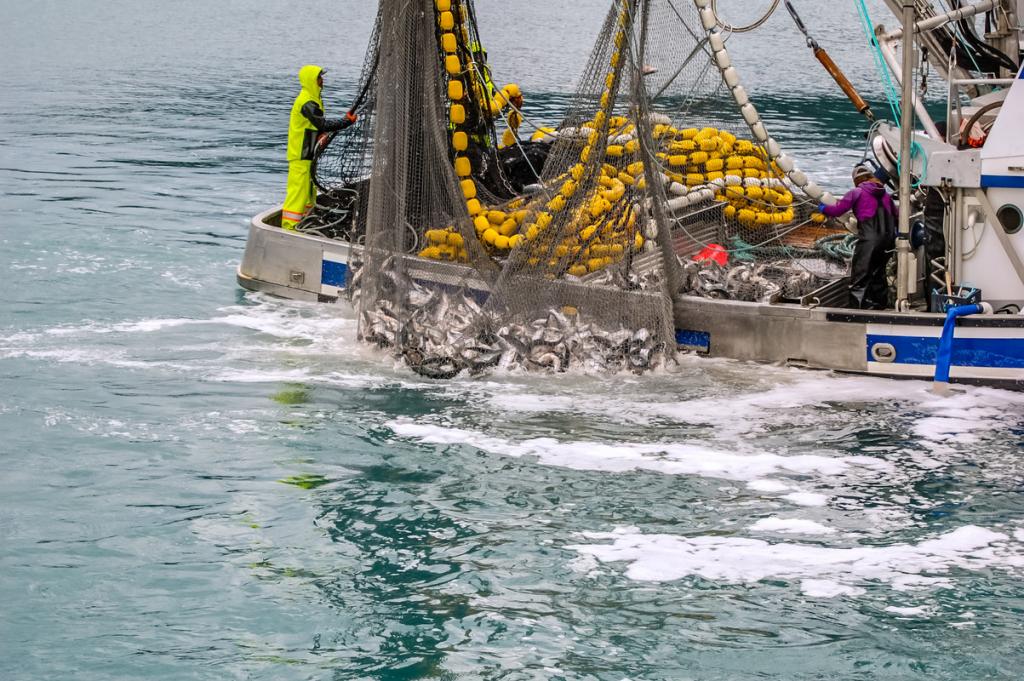
Many hoped trade and environment-related decisions would be part of the outcome of the Doha Development Round of trade negotiations. The 2001 Doha Ministerial Declaration included more language on sustainable development and environmental issues than any of its predecessors. In addition to liberalizing global agricultural trade by reducing agricultural subsidies and addressing fishing subsidies, the Doha Round sought to further reduce barriers to trade in services, such as business and finance, and nonagricultural goods (Chasek & Downie, 2021, pp. 267-268). However, even after 20 years, WTO members have not concluded these negotiations.
Getting the nexus between trade and the environment right requires addressing subsidies. For example, governments around the world provide over USD 600 billion per year in subsidies to support their agricultural sectors. However, research shows this support does not align with achieving collective benefits under the 2030 Agenda for Sustainable Development and its Sustainable Development Goals (SDGs) in improving food security and nutrition, reducing poverty, combating inequalities, decarbonizing economies, or protecting biodiversity. Allocating resources fairly and sustainably, rather than through subsidies that generally benefit industrial agriculture, can support an SDG-based agri-food transformation by making food and agriculture markets more resilient to shocks and accessible to people in vulnerable situations. The climate crisis also necessitates market actors include environmental costs in the food system (FAO, 2018). To do that, coherent policies are required across the entire food value chain.
Fisheries subsidies also offer somber examples of unsustainable agri-food systems. “If we were to remove all harmful fisheries subsidies we could have a 12.5% increase in fish biomass, or 35 million metric tonnes of fish by 2050,” stated Peter Thomson, the UN Secretary-General’s Special Envoy for the Ocean. Moreover, one in five fish caught may come from illegal, unreported, and unregulated (IUU) fishing. Some estimates suggest eliminating fishing subsidies would significantly decrease high seas overfishing, 77% of which is due to activities of fishing vessels from China, Taiwan, Japan, Indonesia, Spain, and the Republic of Korea. Eliminating these subsidies would not only accelerate the implementation of the SDGs but would restore depleted fisheries and protect the rights of small-scale artisanal fishers.
I am convinced that eliminating these subsidies is the single most important measure governments can take to reverse the plundering of the fish in the ocean… I am still waiting for WTO members to do the right thing.
Fossil fuel subsidies also have cross-cutting effects on sustainable development, in particular climate change, poverty, and governance. Fossil fuel subsidy reform is seen not only as a macroeconomic necessity, but also as a valuable tool for tackling the climate crisis (Bassetti & Landau, 2021). Indeed, one study found eliminating fossil fuel subsidies alone would reduce global greenhouse emissions up to 10% by 2030 and between 6.4% and 8.2% by 2050.
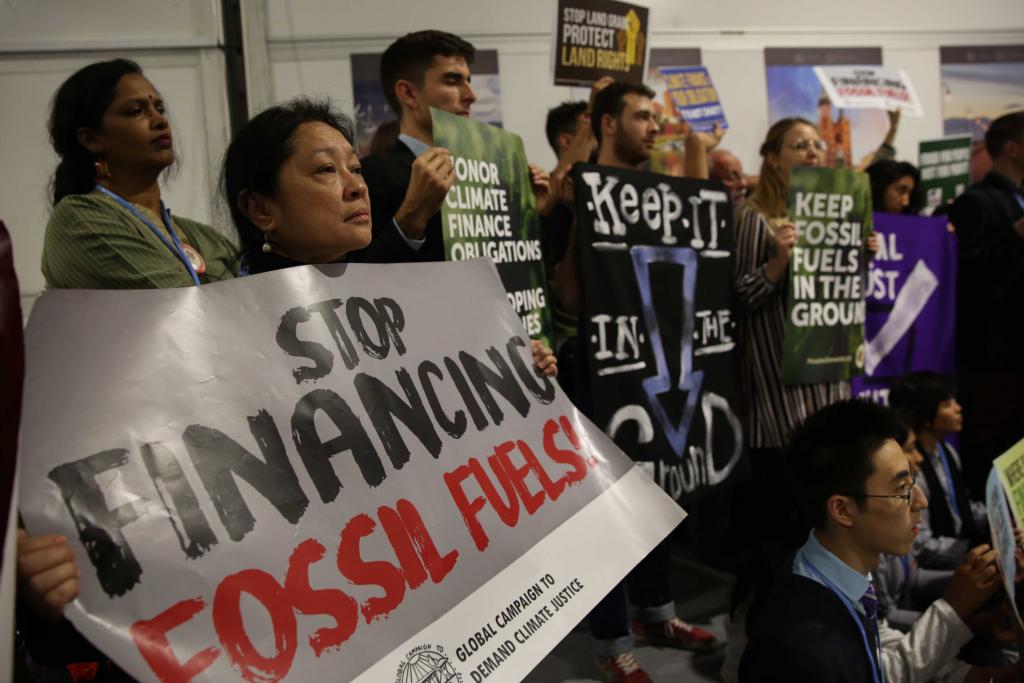
With science urging leaders to become carbon neutral by 2050, much needs to change quickly. For example, the Paris Agreement must deliver a long-term reduction in greenhouse gas emissions from cross-border transport and trade, at the same time the WTO is facilitating their expansion. Solving the climate puzzle cannot be done in isolation.
Optimizing Trade Governance for Sustainable Development
Growing pressure for new rules and agreements that meaningfully consider sustainable development and trade is challenging multilateralism, especially at the WTO, which is haunted by a two-decade deadlock (Hopewell, 2016). How can the WTO emerge from this paralysis? Several recent initiatives offer hope.
In November 2020, 50 WTO members announced they would organize structured discussions to advance work on trade and environmental sustainability. In the year that followed, the “Trade and Environmental Sustainability Structured Discussions,” coordinated by Canada and Costa Rica, met five times with the participation of 71 members representing 82% of world trade. In December 2021, the group issued a Ministerial Statement, which sets out future work for the initiative in areas such as trade and climate change, trade in environmental goods and services, circular economy, and sustainable supply chains. It also sets a road map for advancing discussions (WTO, 2021a).
Similarly, in November 2020, WTO members established an informal dialogue on plastics pollution and environmentally sustainable plastics trade to promote trade as a tool for reining in plastics pollution. Another December 2021 Ministerial Statement spells out the way forward in support of global efforts to reduce plastics pollution and transition toward an environmentally sustainable plastics trade (WTO, 2021a).
In a third Ministerial Statement on fossil fuel subsidies, 45 WTO members affirmed their intention to phase out inefficient fossil fuel subsidies, consider the specific needs of developing countries, and advance discussions at the WTO (WTO, 2021a).
While this is positive news, the WTO still faces challenges moving forward. One such challenge is the diverse views on the pertinence of its existence and competing narratives on the value of globalization and free trade (Roberts & Lamp, 2021). In this basket of competing narratives, the view that everyone loses with the current support for unsustainable economic growth must be considered. On one hand, incoherent trade policies could lead to more resource use and pollution, putting vulnerable communities at a disadvantage and, ultimately, accelerating an existential threat to humanity.
An Agreement on Fisheries Subsidies, one that will help both the planet and people, is within our grasp. It is also an opportunity to build trust in multilateralism, and the opportunity for WTO members to succeed in negotiating new rules for the 21st century.
On the other hand, defenders of free trade argue value chains lead to more efficient use of resources globally. They note it all depends on domestic environmental policies. The main challenge is to shift the narrative regarding the trade-environment nexus. More emphasis on how to address harmful impacts of trade or trade agreements on the environment deserves consideration, while recognizing the needs of developing countries. (Deere Birkbeck, 2021).
Going forward, the WTO could accomplish the following.
- Place sustainable development in the WTO at the same level as its goals on trade liberalization. Harmful subsidies, for example, must be considered against their effects on the health and resilience of people and the planet, instead of being assessed exclusively through their degree of trade disruption.
- Increase science-policy interactions at the WTO to enhance policy analysis of environmental effects related to trade in partnership with the UN system and other stakeholders. The WTO would benefit from a more influential, systematic, and inclusive science-policy interface that could analyze cases where trade supports the environment, such as through green products and technology, and how the removal of perverse subsidies can contribute to achieving sustainable development.
- Use current trade rules to advance the Paris Agreement on climate change. The WTO needs to consider the impact of inefficient fossil fuel subsidies on climate action and strengthen countries’ disclosure rules.
- Accelerate agreement on decisions related to fisheries subsidies. WTO negotiations on fisheries subsidies have been ongoing for 20 years. The adoption of the SDGs in 2015, particularly target 14.6 on fisheries subsidies, has given new momentum to the talks, which many hope will conclude in 2022 (WTO, 2021b). Restoring overexploited fish stocks would increase the economic benefits by a factor of almost 30, from USD 3 billion to USD 86 billion and reducing the global fishing effort by 5% a year for a 10-year period would allow this level to be reached in about 30 years.
Trade rules that ignore the negative impacts of trade on our planet, our only home, are counterproductive. Despite the substantive knowledge about the growing risks of social and environmental tipping-points, several trade policy-induced crises are creating new sources of risks and uncertainties. The trade wars between the US and China and vaccine inequities during the COVID-19 crisis are two emblematic examples.
Change is the only certainty we have. While structural transformations do not happen overnight, applying a systemic approach to the trade-environment interface is not only cost-effective but an essential step toward the survival of our planet.
Works Consulted
Bassetti, V., & Landau, K. (2021). Seizing opportunities for fuel subsidy reform. Brookings Institution. https://www.brookings.edu/blog/up-front/2021/02/25/seizing-opportunities-for-fuel-subsidy-reform/
Chasek, P., & Downie, D. (2021). Global environmental politics (8th ed.). Routledge.
De Paula, N. (2021). Breaking the silos for planetary health – A roadmap for a resilient post-pandemic world. Palgrave McMillan.
Deere Birkbeck, C. (2021). Greening international trade: Pathways forward. Global Governance Centre and the Forum on Trade, Environment & the SDGs. https://tradehub.earth/wp-content/uploads/2021/11/Greening-International-Trade_18.07.2021.pdf
Food and Agriculture Organization. (2018). The state of agricultural commodity markets 2018. https://www.fao.org/publications/soco/2018/en/
Food and Agriculture Organization, International Fund for Agriculture Development, United Nations Children’s Fund, World Food Programme & World Health Organization. (2021). The state of food security and nutrition in the world 2021. https://www.fao.org/publications/sofi/2021/en/
High Level Panel of Experts on Food Security and Nutrition of the Committee on World Food Security. (2020). Food security and nutrition: Building a global narrative towards 2030. https://www.fao.org/cfs/cfs-hlpe/reports/en/
Hopewell, K. (2016). Breaking the WTO: How emerging powers disrupted the neoliberal project. Stanford University Press.
Organisation for Economic Co-operation and Development. (2019). Recommendation of the Council on Policy Coherence for Sustainable Development. OECD/LEGAL/0381. https://legalinstruments.oecd.org/en/instruments/OECD-LEGAL-0381
Parry, I., Black, S., & Vernon, N. (2021). Still not getting energy prices right: A global and country update of fossil fuel subsidies. IMF Working Paper. https://www.imf.org/en/Publications/WP/Issues/2021/09/23/Still-Not-Getting-Energy-Prices-Right-A-Global-and-Country-Update-of-Fossil-Fuel-Subsidies-466004
Roberts, A., & Lamp, N. (2021). Six faces of globalization: Who wins, who loses, and why it matters. Harvard University Press.
Santarius, T., Dalkmann, H., Steigenberger, M., & Vogelpohl K. (2004). Balancing trade and environment: An ecological reform of the WTO as a challenge in sustainable global governance. Wuppertal Institut für Klima. https://core.ac.uk/download/pdf/35133134.pdf
World Trade Organization. (2021a). State of play 15 December 2021: Trade and the environment. https://www.wto.org/english/thewto_e/minist_e/mc12_e/briefing_notes_e/bfenvir_e.htm
World Trade Organization. (2021b). Draft agreement on fisheries subsidies submitted for ministers’ attention ahead of MC12. https://www.wto.org/english/news_e/news21_e/fish_25nov21_e.htm
World Trade Organization. (n.d.) Early years: Emerging environment debate in GATT/WTO. https://www.wto.org/english/tratop_e/envir_e/hist1_e.htm
Additional downloads
You might also be interested in
IISD To Host Trade and Sustainability Hub
Join us at this event, alongside the WTO Ministerial, as we work to chart a new path for the greatest challenges of our time.
Preparing for the Next Chapter in Trade and Sustainable Development
Sustainable development policy has come a long way in 25 years, but we should not become complacent.
IISD Trade and Sustainability Review, Volume 1, Issue 4, November 2021
This fourth edition of the IISD Trade and Sustainability Review covers a range of timely policy issues related to trade and sustainable development in the lead-up to the WTO's 12th Ministerial Conference.
Global Dialogue on Border Carbon Adjustments: The case of Brazil
This report consolidates, analyzes, and presents the views and perspectives of stakeholders from Brazil on border carbon adjustment (BCA) schemes to contribute to the global debate on BCA good practices.
